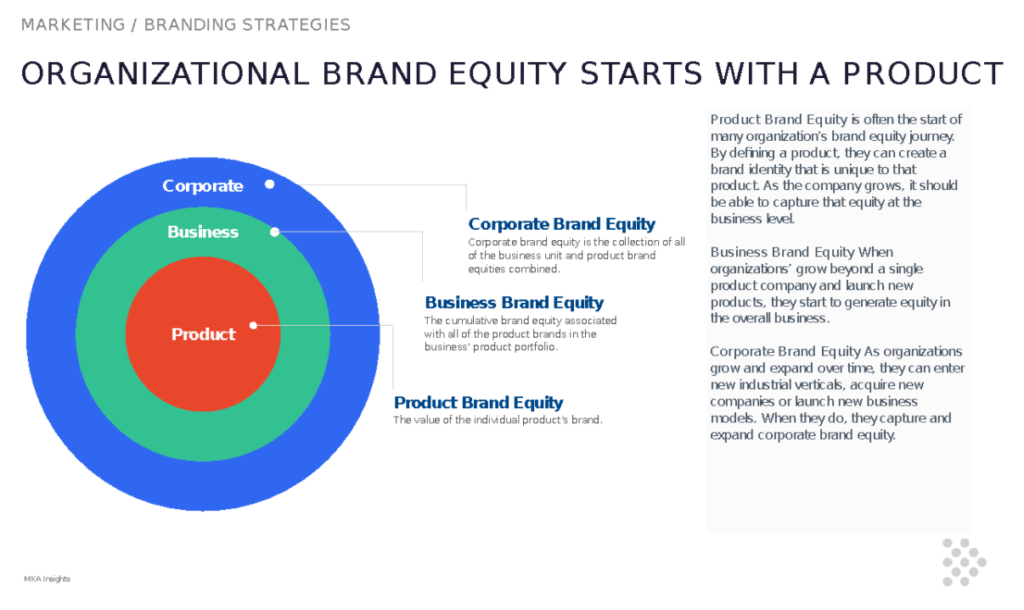Home > Insights > Sales & Marketing > Understanding Brand Equity
Understanding Brand Equity
By: Kiran Chin
June, 2020

Brand equity is a term that is widely used among marketing and legal professionals to refer to the value assigned to a product, business unit or corporation. This concept of brand equity builds upon the concept of the value chain, where the underlying product continues to grow in value across organizational processes and over time.
However, brand equity must start somewhere. It is our belief that brand equity is rooted in trust.
Trust is a belief in the strength of a product, company or person. It is fluid and may become depleted, grow or shift over time. Brands come into existence as a result of a customer’s trust in a product. As that trust grows, so does that product’s brand equity.
We believe that brand equity starts with a product or service. At its core, it starts with the first offering. This offering is the start of many organization’s brand equity journey and everything contributes to it. The decision to use certain components over others, the packaging, the labeling, the colors, what is said, how it is said, the allure, the perception – everything about a product, how it is positioned and how it is serviced serves to establish a presence for that product.
As that product moves along the adoption curve, it starts to gain a reputation (good or bad) – customers assign a certain value to that product. As more customers buy that product, and it becomes more well known, its reputation may start to precede it – this is the start of brand equity.
As equity grows, it helps to offset the need to establish brand awareness every time – effectively shifting that product further down the traditional buyer’s journey. Combined with this is the ability of that firm that launched that first product to leverage this equity (this trust) to launch other similar products based on an understanding of quality and performance. This now starts the transfer of that product equity to that business. Finally, a concept of equity that is often discussed among large corporations is the corporate brand equity, which is a collection of product and business unit brands.
This corporate brand occurs when business units shift into new verticals with a product and its brand equity from another vertical follows it or precedes it in a new vertical. For an example, when GE shifted from making locomotive engines to airplane engines or wind turbines, there was a wide-spread understanding that GE was an industrial manufacturer of machine components and parts and that corporate trust is what allowed GE to shift into new verticals.



